
Debates on family planning and the contraceptive pill in the Irish magazine Woman’s Way, 1963–1973

news, new scholarship & more from around the world

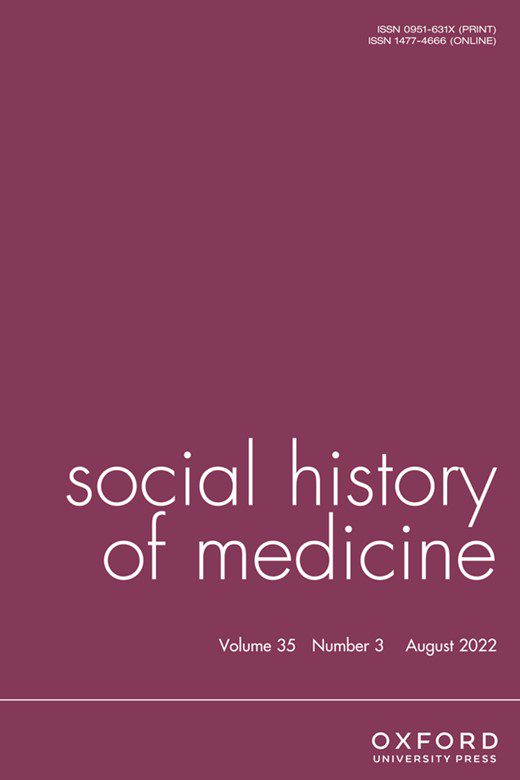
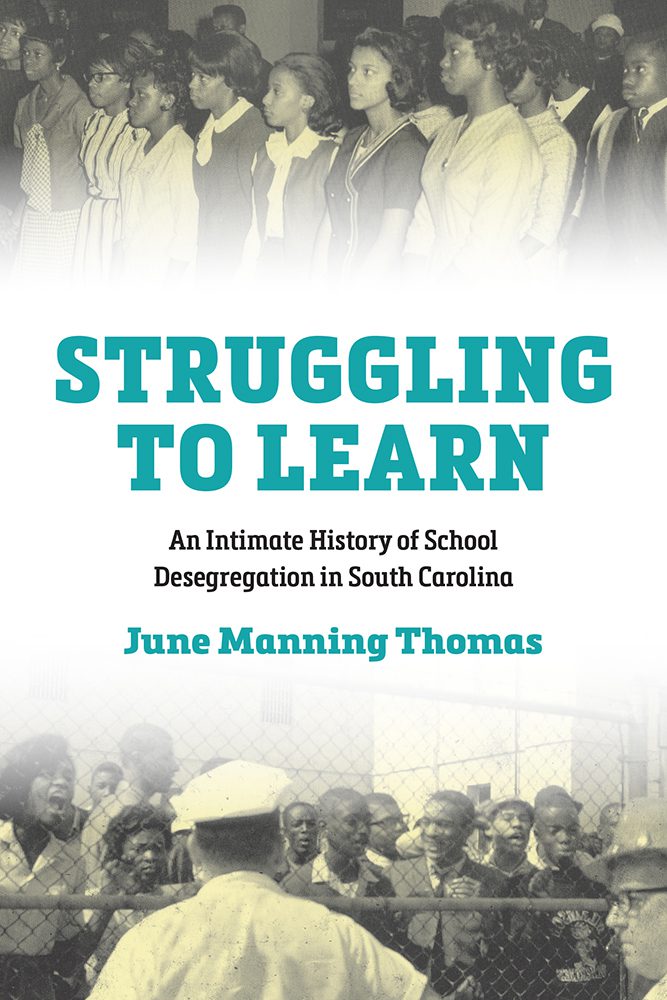
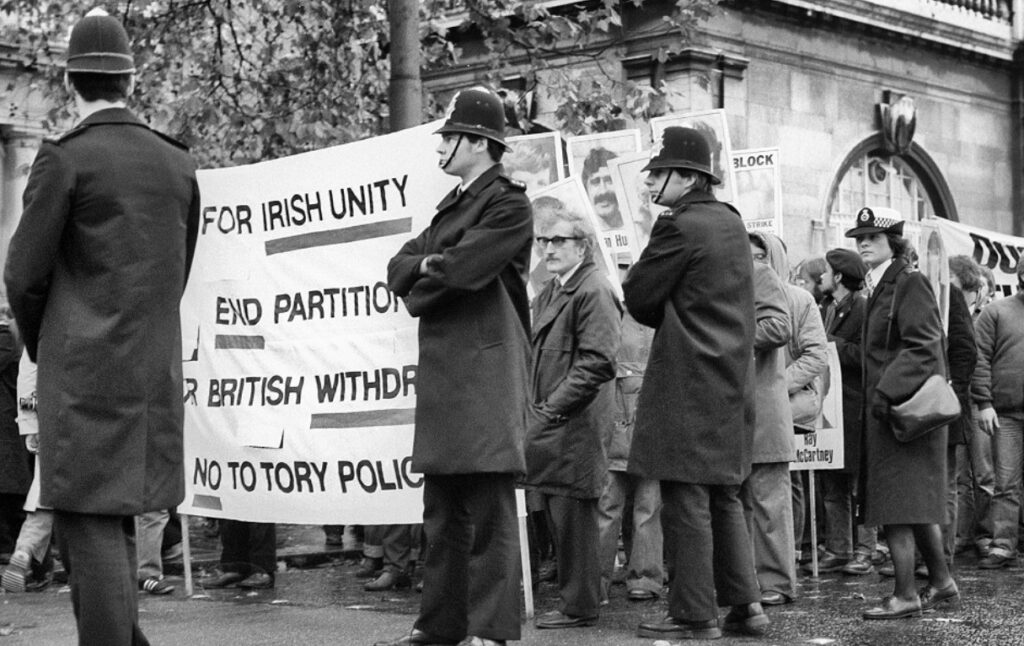
The Northern Ireland Troubles bill shows the British government learnt nothing from the killing of Aidan McAnespie and the conflict in Ireland, argues Pádraig Ó Meiscill
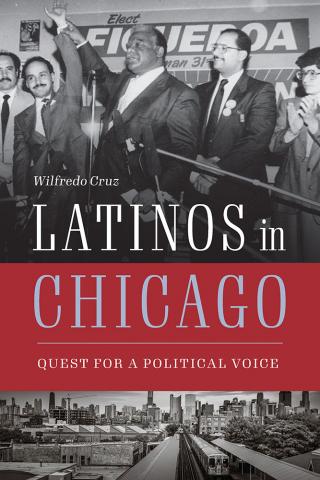

That marker says Evangelia Settlement was established “as part of a larger progressive social movement from the late 1800s” directed at the less fortunate. Two Waco women, Ethel Dickson and Nell Symes, founded the settlement in 1908 to support children whose parents worked at Slayden-Kirksey Woolen Mills.
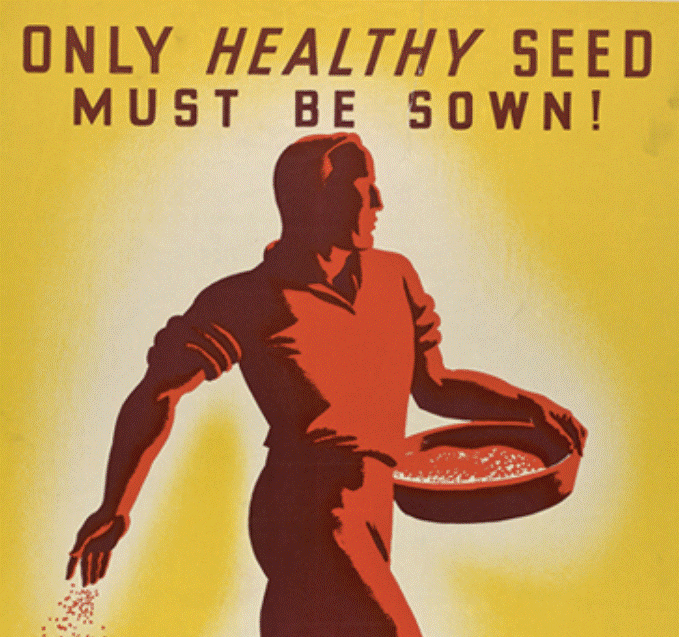
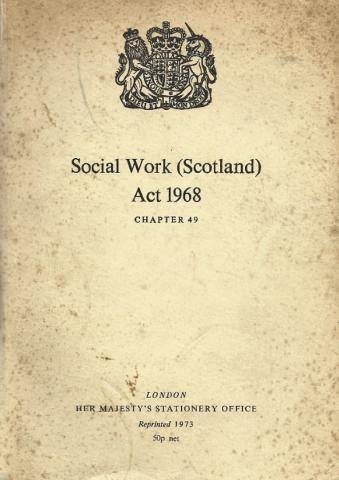

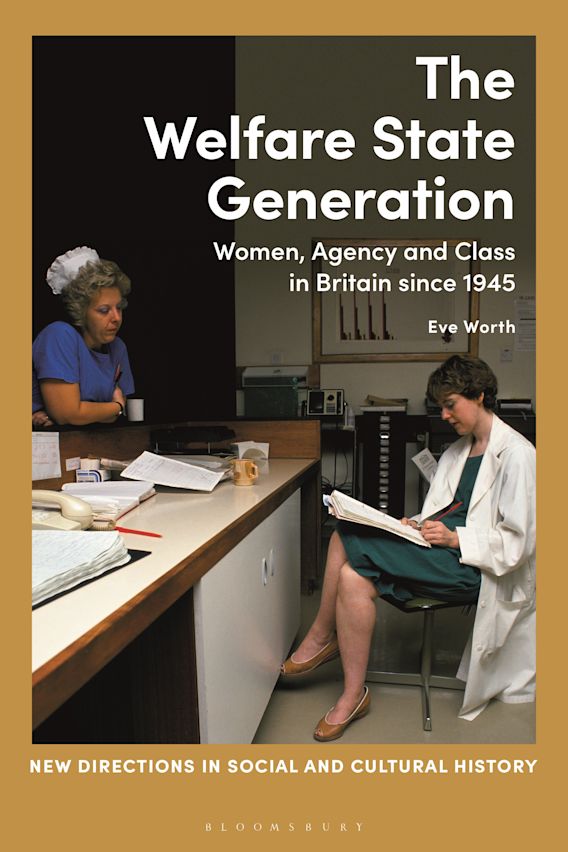

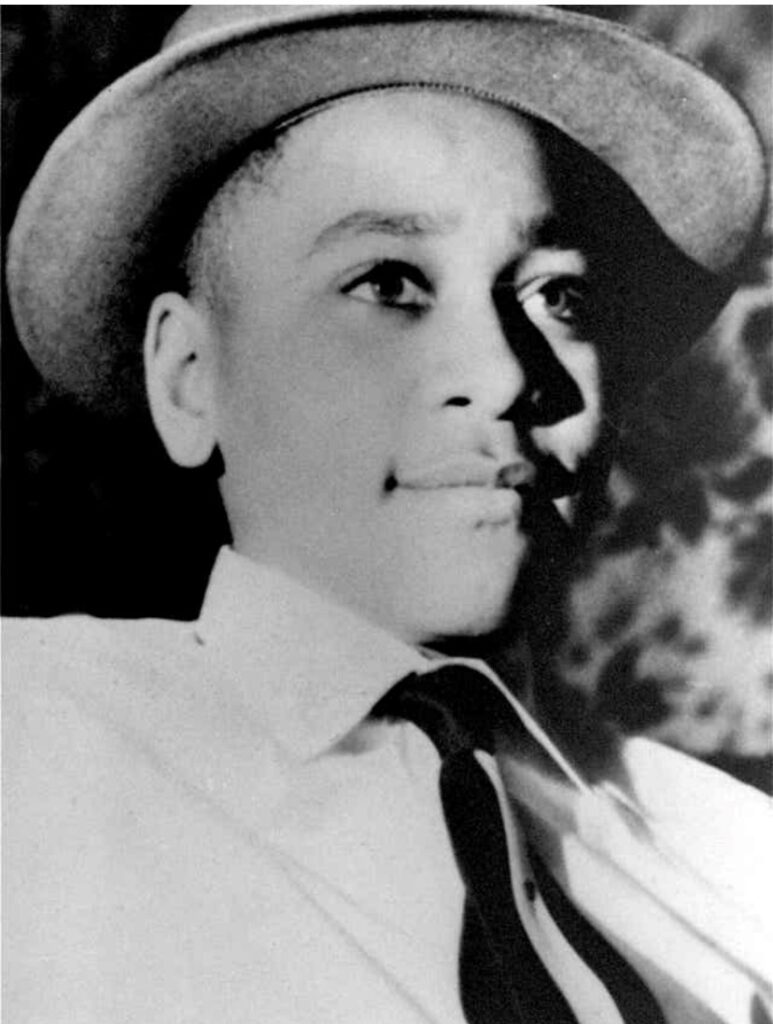
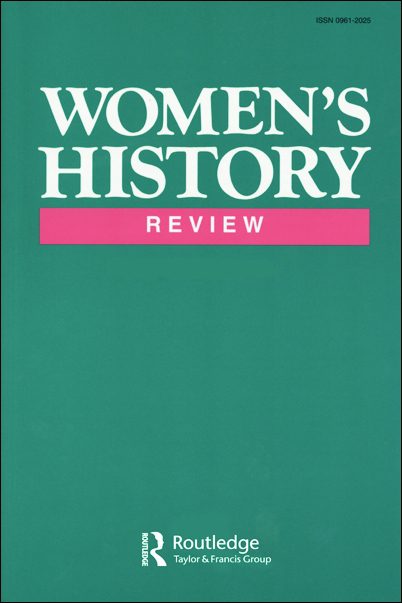

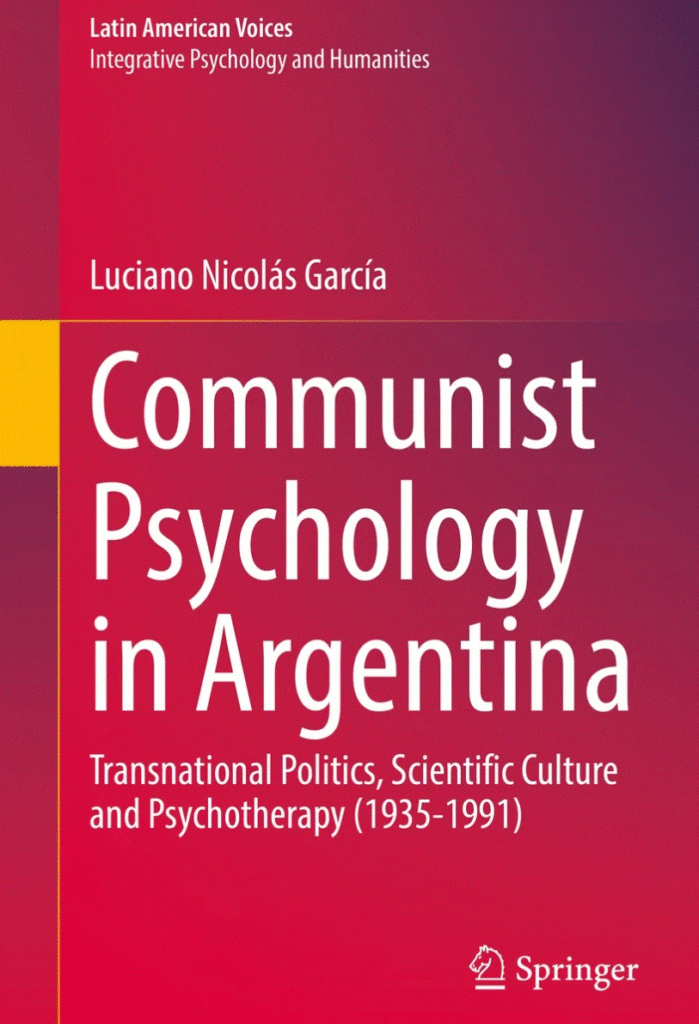


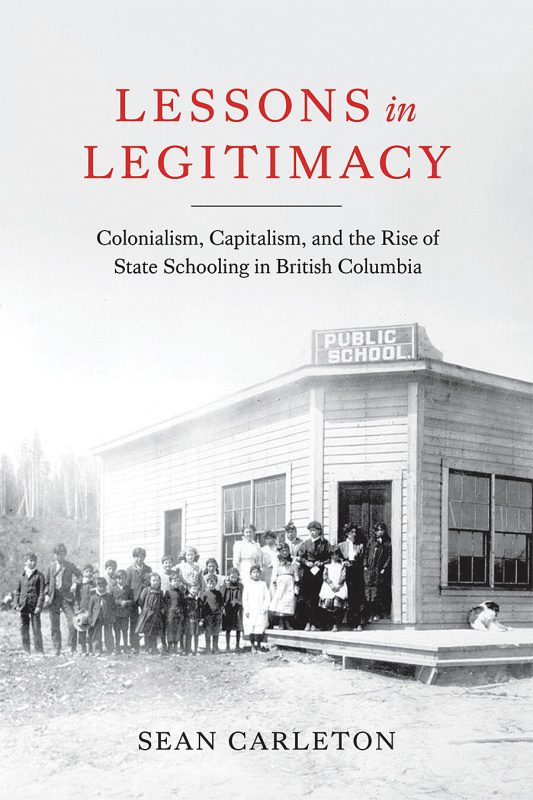

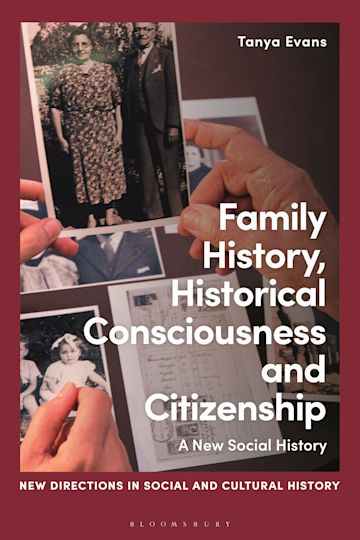

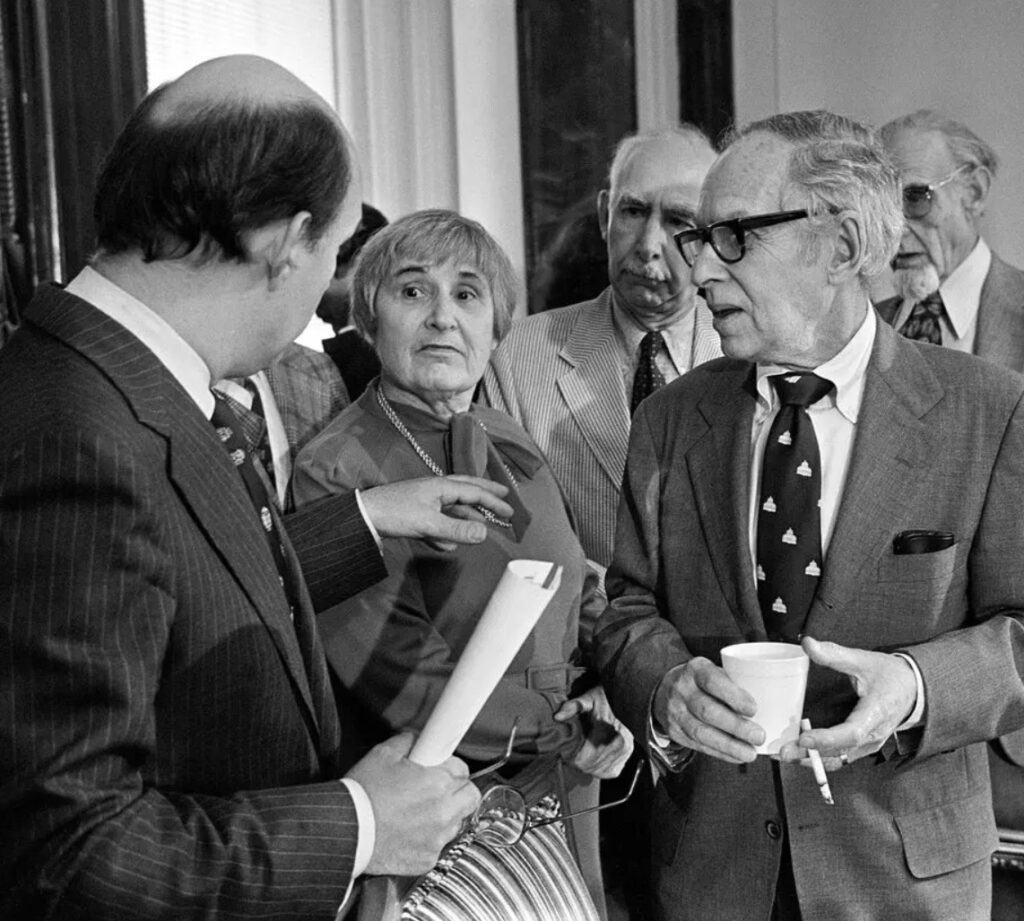
Vera Shlakman speaking with New York City Comptroller Harrison J. Goldin, left, in April 1982 after she and others received restitution from the city for being fired from college teaching positions because they had refused to testify in the 1950s about whether they were members of the Communist Party.

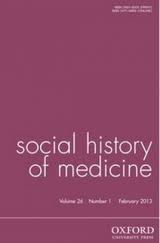
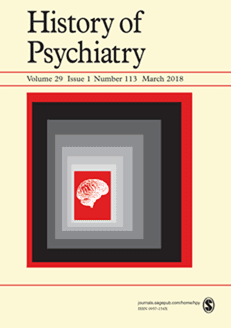

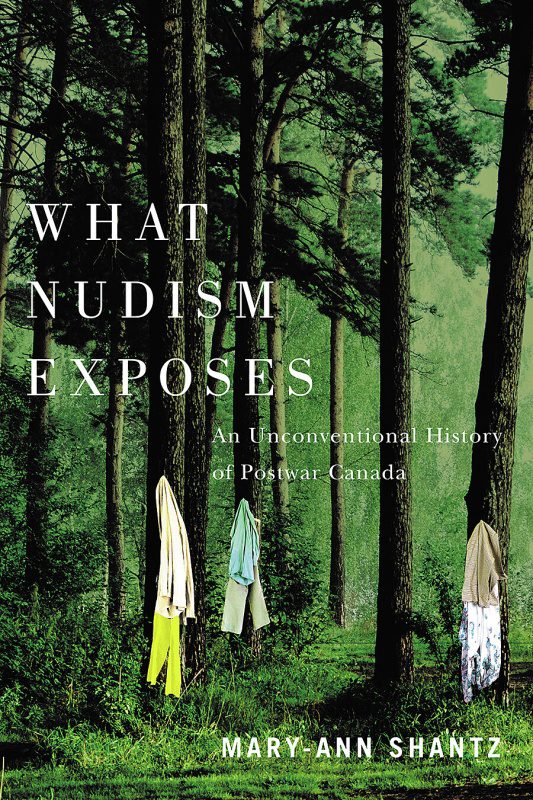

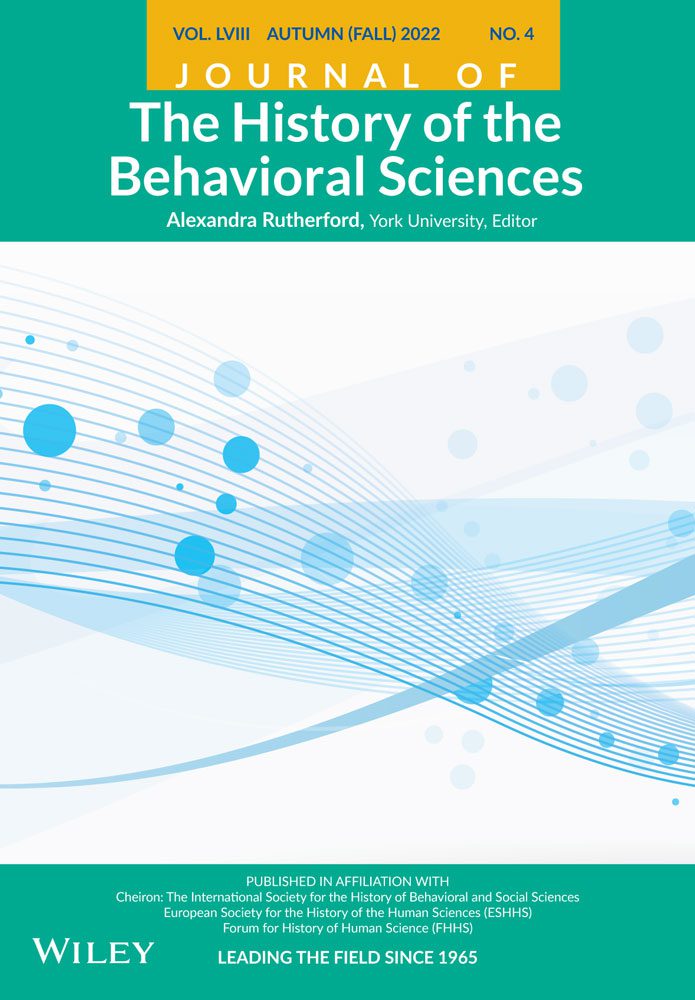
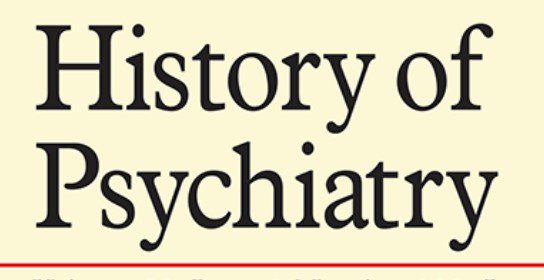




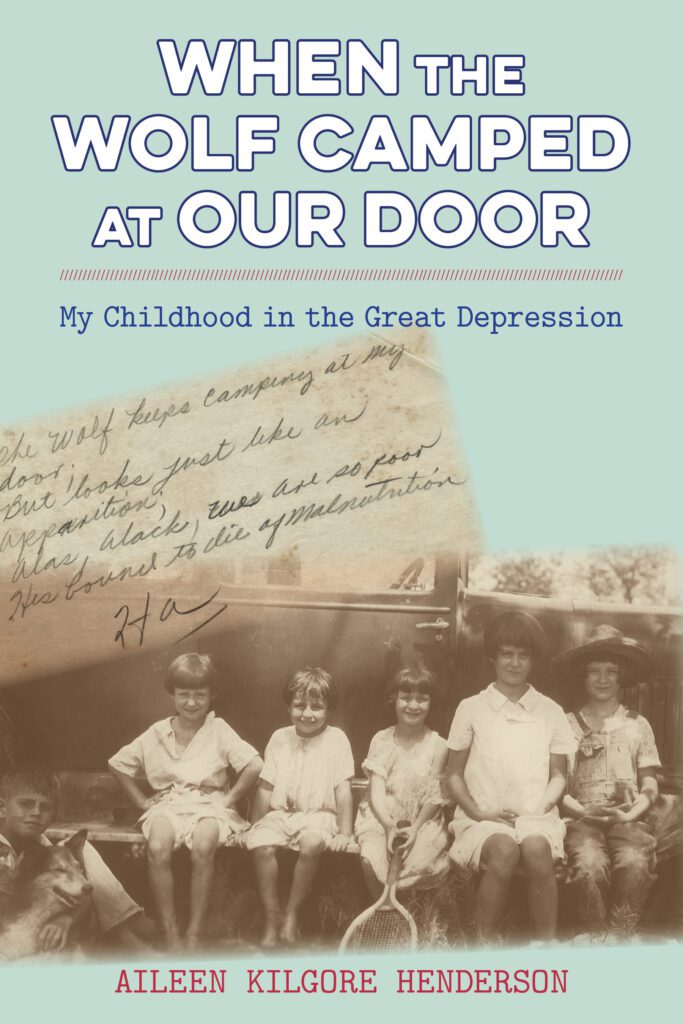



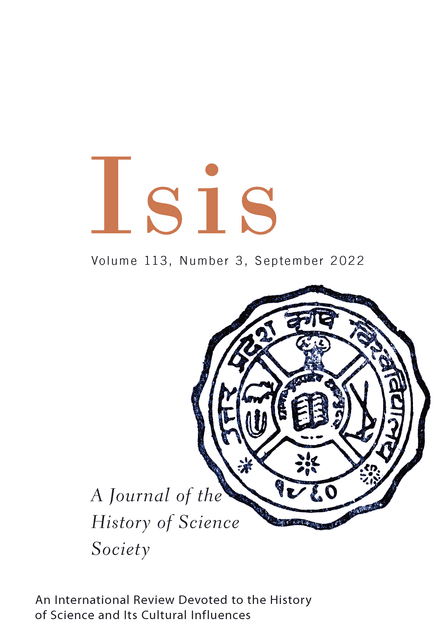



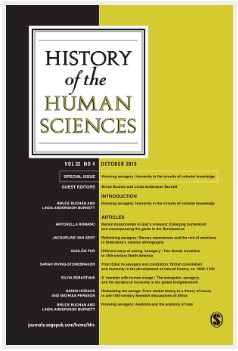


Charley Johns, the committee’s architect (center).
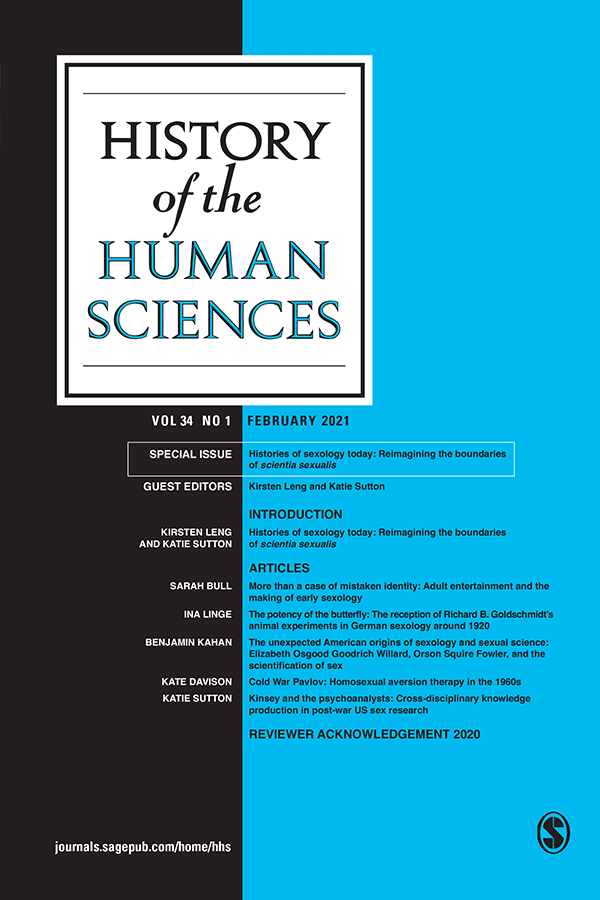

Karen Horney in 1953.